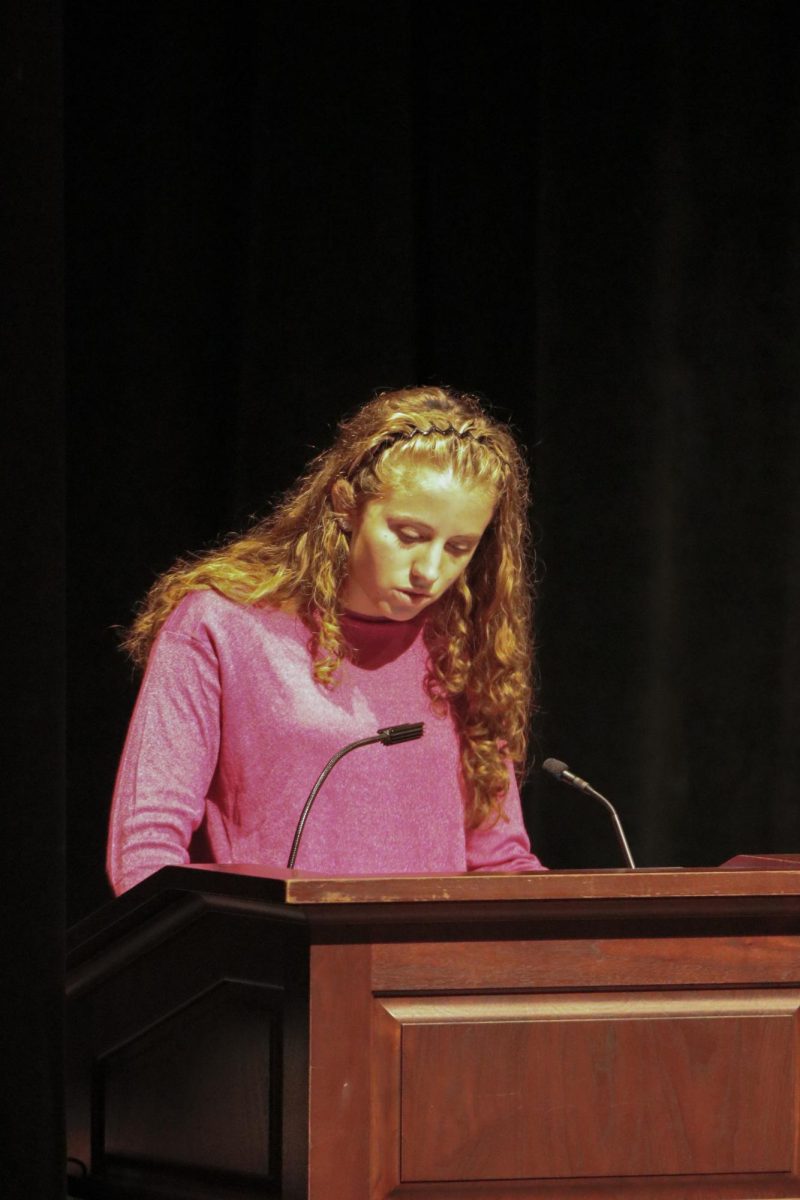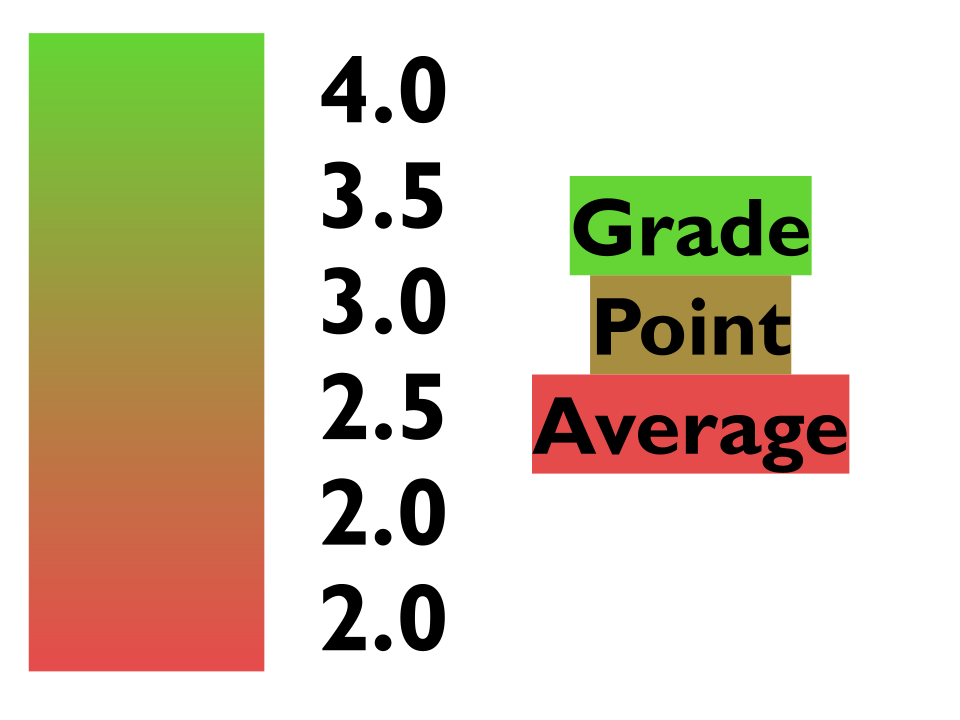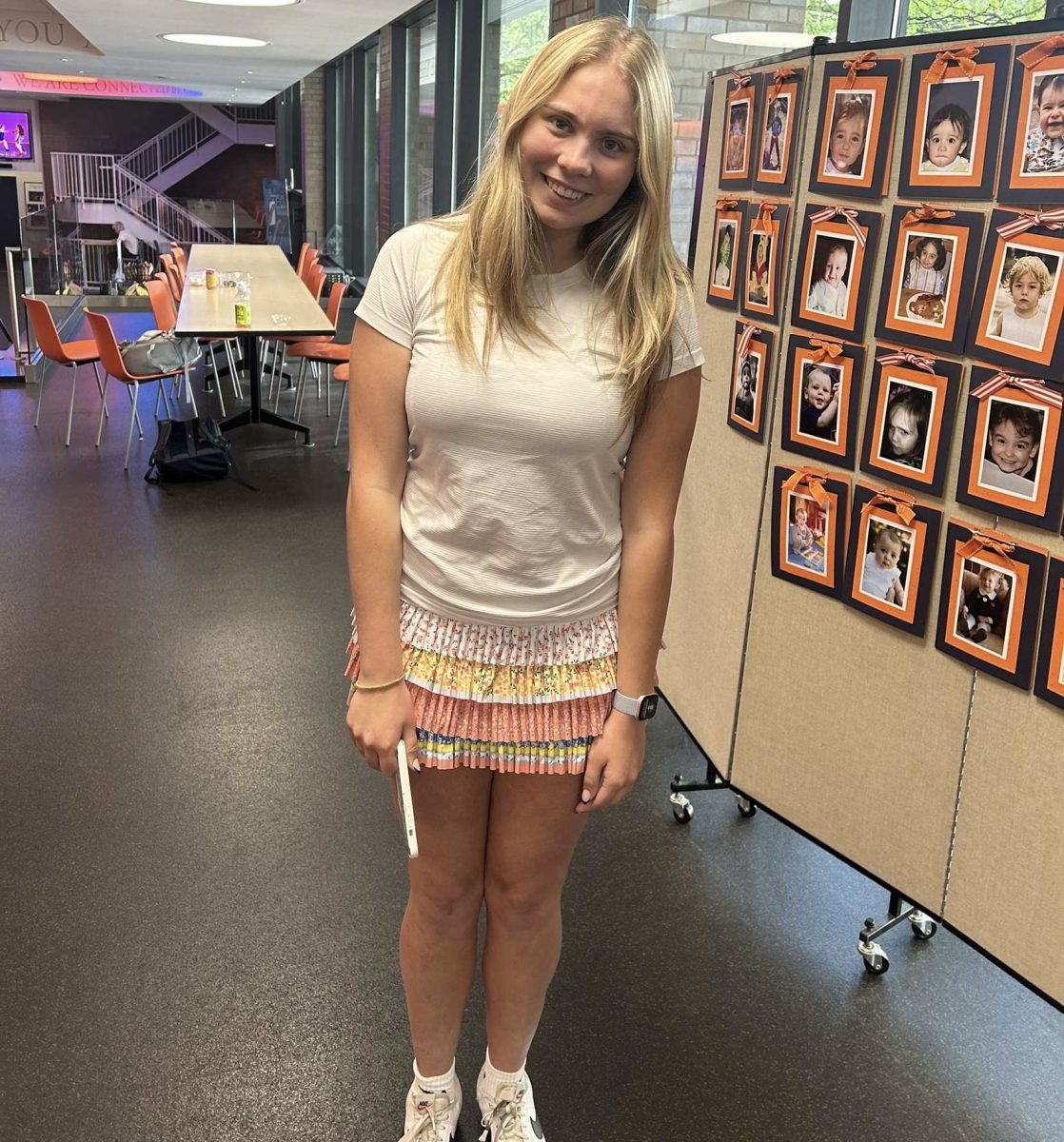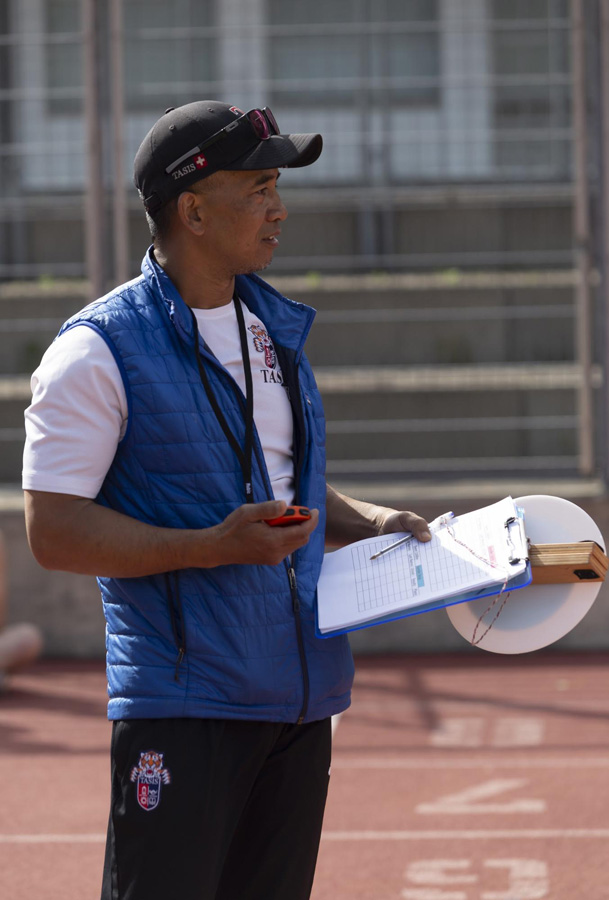Mckenna Fellows For the first year in many, the Latin Girls Varsity Basketball Team experienced their season without having a single senior player. Entering the season, many anticipated this to be a primary source of conflict and difficulty, especially considering the abundance of lower classmen to have made the team. Instead of the typical 12 players competing for the Romans, a total of 15 girls made varsity, with five of them being new to the team. Would the team dynamic be affected by this change? Almost every veteran player believed so, as did the coaches. And although no one liked to use the word “hierarchy,” it certainly came to mind while scrolling through the roster of the 2018-19 team. With whom were supposed to be the “leaders” of the team absent this past season, many would be quick to guess that the lack of peer guidance drove the team to an impasse. Admittedly, many were skeptical upon beginning the year, as it seemed impossible to succeed with a group dominated by freshmen and sophomores. In previous years, having a solid group of seniors to pilot the team was what made basketball so enjoyable for many. But what truly took place was quite the opposite. When faced with the uncertainty of how the season would unfold, junior Kendall Pollard said, “I believe I gained so many skills that helped me both on the court and outside of basketball.” Players from each grade were unexpectedly prepared to assume a crucial role on the team— whether that be as a listener, supporter, or leader. In previous years, a standard has been formed at Latin that essentially declares seniors the “heads” of any varsity sport. Given this tradition, many of the juniors admitted to struggling with a power balance amongst the team. They were the oldest in the group, and yet they lacked the so-called “seniority” that past 12th-graders possessed. Nonetheless, they promptly “took up leadership roles and relied on each other a lot,” Kendall says. Without this unspoken validation (a popular term among the team) from one another, it would have been difficult to gain the respect required to be successful throughout the season. Freshman Ava Parekh agrees, and adds, “I always felt comfortable speaking out and encouraging my teammates. Everyone supported each other without anyone dominating the team dynamic.” This was a recurring goal that the coaches continued to reinforce as the girls got deeper into the season, and also one that the players aimed to meet each day on the court. As for the end result, the girls varsity team was the winner of the independent school league, continuing onto regionals and eventually sectionals, where the season concluded. Ultimately, “the grades mixed more for he better than they ever have before on the team”, Kendall says. “For the two years before this past season, there has been a hierarchy on the team determined by grade. This year, the cycle was broken”, she adds. Each player had the opportunity to be an individual, while also finding ways to bond with the other girls, regardless of grade. In terms of the future, there is currently much talk of next season. In a matter of months, the whole gang will be back together, and already the objective has become to do big things for the soon-to-be-seniors’ final hurrah. The only thing left to do? Win it all. ]]>
Categories:
Leading Together: How Girls Varsity Basketball Operates Without an Official Captain
April 15, 2019
1
0
More to Discover























































Robert!! :) • Apr 16, 2019 at 4:24 pm
The Girls Varsity Team is a great example of collective action and collaboration. If anything, I think the fact that they’ve done so well without a captain shows that each teammate is an amazing leader who’s willing to collaborate to achieve a goal! Great article Mckenna 🙂 🙂 :).